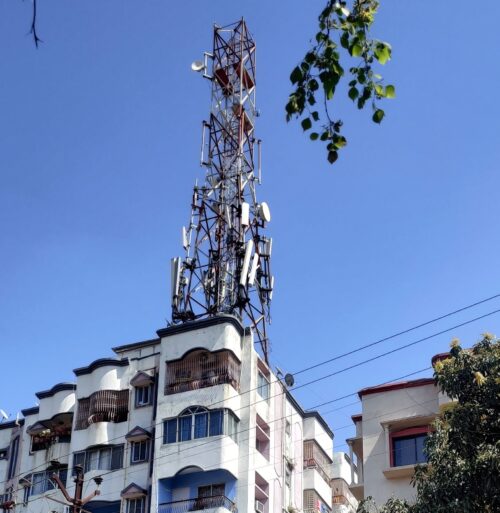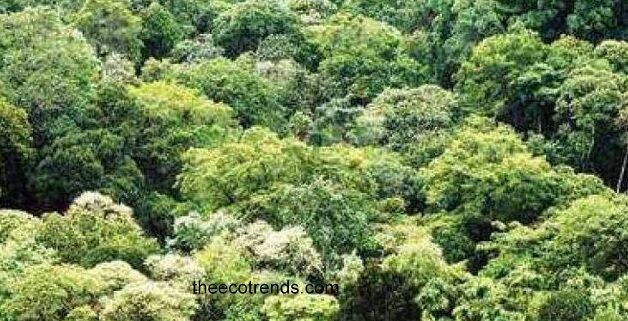Sparrow or the House Sparrow taxonomically belongs to the family Passeridae. It is found in most parts of the world. It is a small sized bird having a length of about 16 cm and weight about 25 to 30 g. Female birds are coloured brown or grey while male birds have black, white and brown markings on their wings. These are native to most parts of Asia, Europe, Mediterranean Basin, Africa, Australia and America.
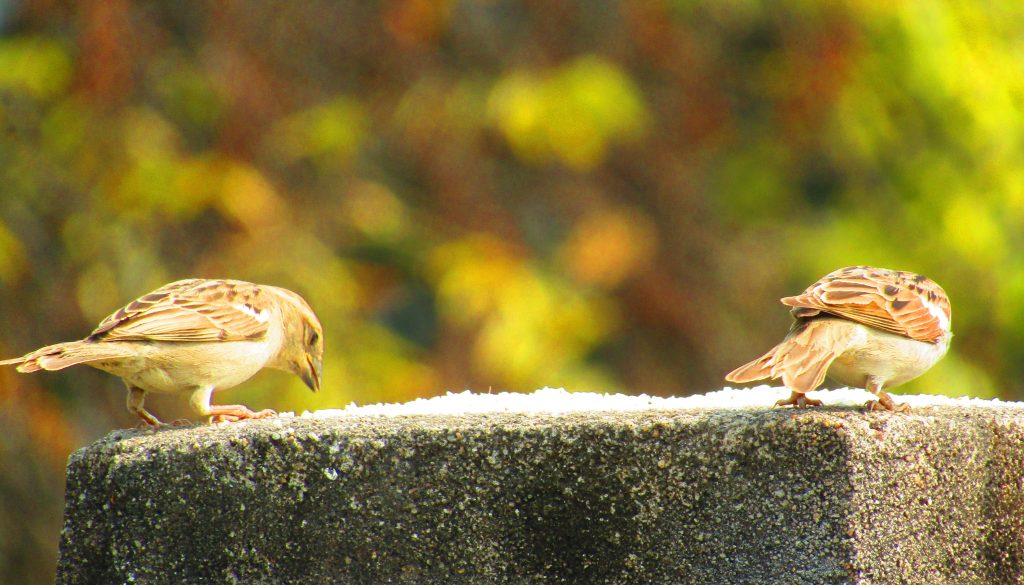
These birds are closely associated with human population in rural and urban areas. House sparrows mostly feed on insects, seeds of grasses. Hawks, other predatory birds, domestic cats, dogs and some mammals are principal predators of sparrows.
Sparrows are directly linked to our houses and habitations. Not alone in rural areas, sparrows make our surroundings pleasant in urban areas also if there are trees, gardens or orchards.
Sparrows are symbol of better environment in rural and urban settings. Since last two decades or so, these birds have started leaving our company which indicates our behaviour and activities against the natural environment. Now, we must understand that we have lost many things due to disappearance of these beautiful birds. The principal factors behind the disappearance of sparrows from our surroundings are increasing air and land pollutions, increasing human population density, and developing physical structures around us.
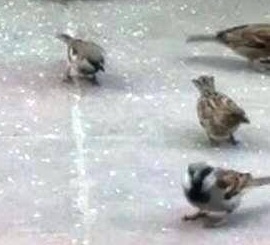
The cry behind the disappearance of sparrows was first heard in Hamburg in 2006. The Royal Society of Protection of Birds has placed these birds in the Red-List keeping in view the importance and reducing numbers of these birds. The Society has initiated to celebrate the World Sparrow Day on March 20 every year.
Not alone the presence of sparrows encourage us, their contributions too, make our lives pleasant. The chirping of sparrows creates positivity in our localities.
The way through which we have changed our houses into buildings, sparrows have lost spaces for nest building. The excessive use of chemicals in our routine lives, chemical factories, industries, automobile exhausts, and increasing number of mobile towers everywhere have created seriously adverse impacts on lives of these tiny creatures.
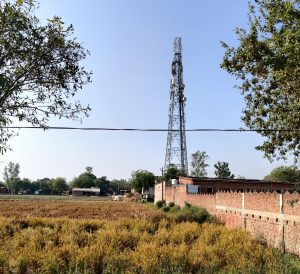
During the initial days of lives of the young ones of sparrows, they are fed by their parents with insects. The shortages of the population of insects due to excessive use of insecticides in our day today lives, and ingestion of insecticide laced insects by them have reduced their numbers considerably. Our food grains too are contaminated with poisonous pesticides that dangerously affect the reproductive cycles of these birds.
Sparrows are birds of all environments. They are seen more in rural areas than in urban areas. This is because they get more spaces for nesting in rural areas due to specific housing structures. The design of houses in rural areas remain such that sparrows find spaces for their nest building though construction of modern design houses in rural areas now a days do not allow these birds to build proper nests. The installation of fans on roof tops and mobile towers are dangerous for these creatures.
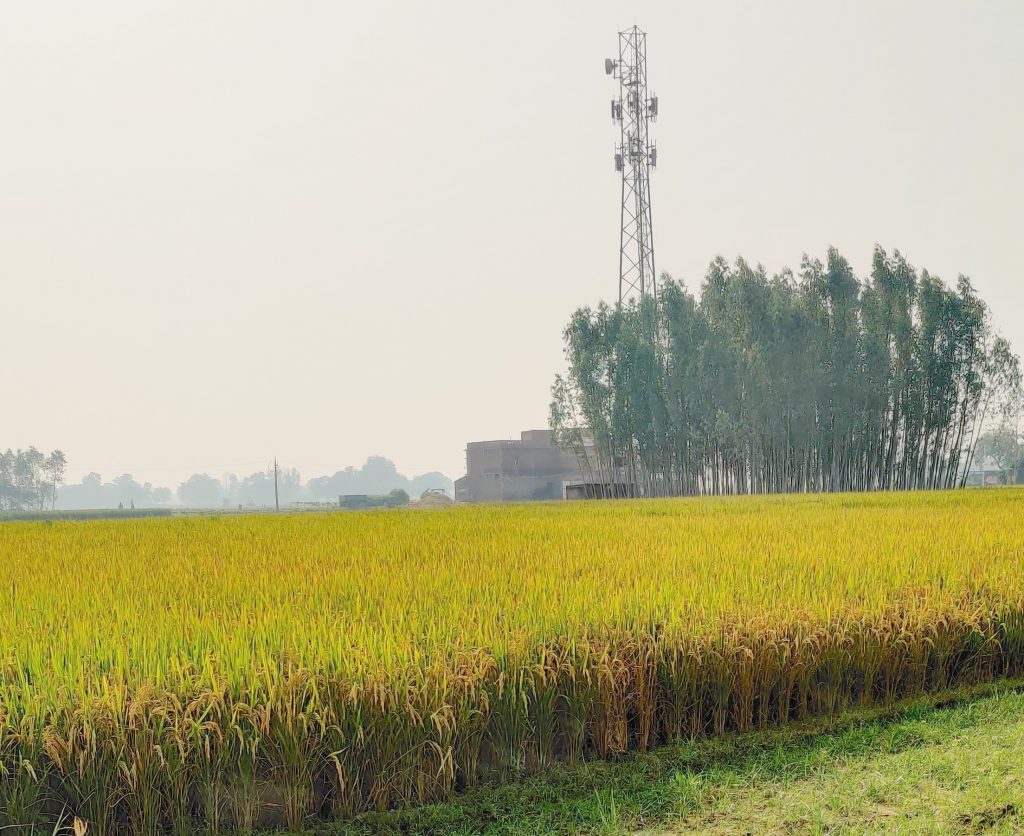
Sparrows are natural scavengers. These birds control the population of insects. Sparrows and their young ones remain the centres of attraction that link a relationship of humans with nature. Sparrows give birth to young ones twice in a year. Thus, a house may remain full of chirping of their young ones.
The disappearance of sparrows from our surroundings indicates that “all is not well” and the environment is not favourable to us.
Sparrows are very responsible creatures of our ecosystems. These play important roles in spreading of seeds also. Once, they eat fruits along with seeds the germination capacities of seeds become better. Varieties of field sparrows are reported to eat our grains if our cropping system is not proper. For example, if paddy is grown adjacent to a field of sugar cane, the field sparrows may eat away our paddy grains as they find proper cover to hide themselves in the sugarcane field. But, if total profit and loss is calculated we see that they help us by eating away insects which in economic terms is a greater benefit than the loss they cause by eating our grains.
Key Words : Woo back lovely sparrows, homes, insects, crop, young ones,

